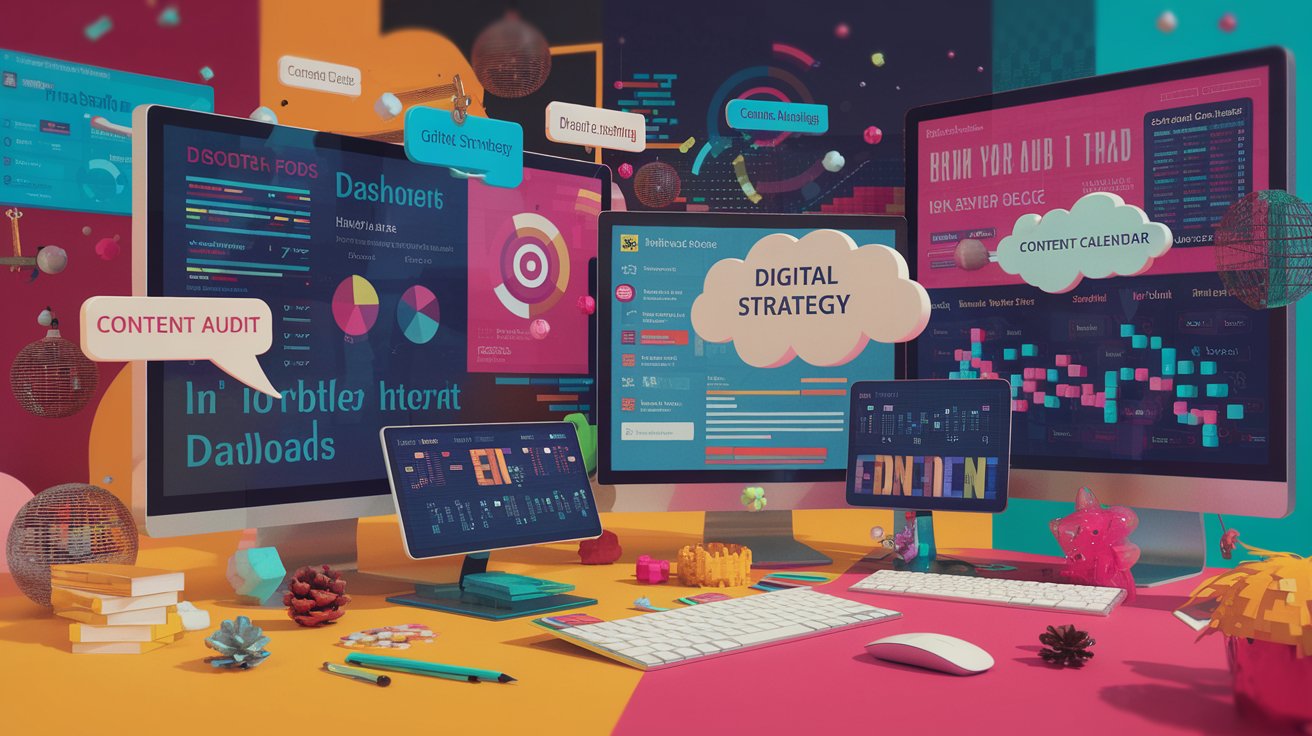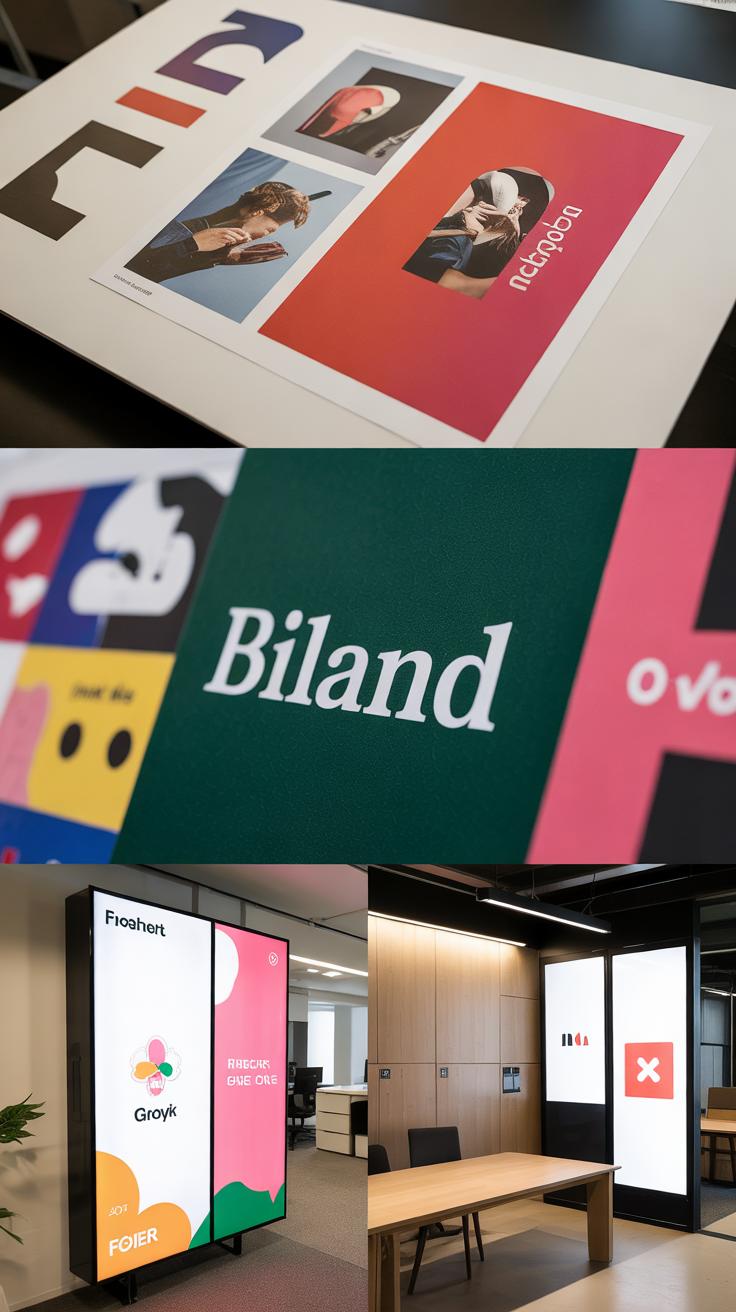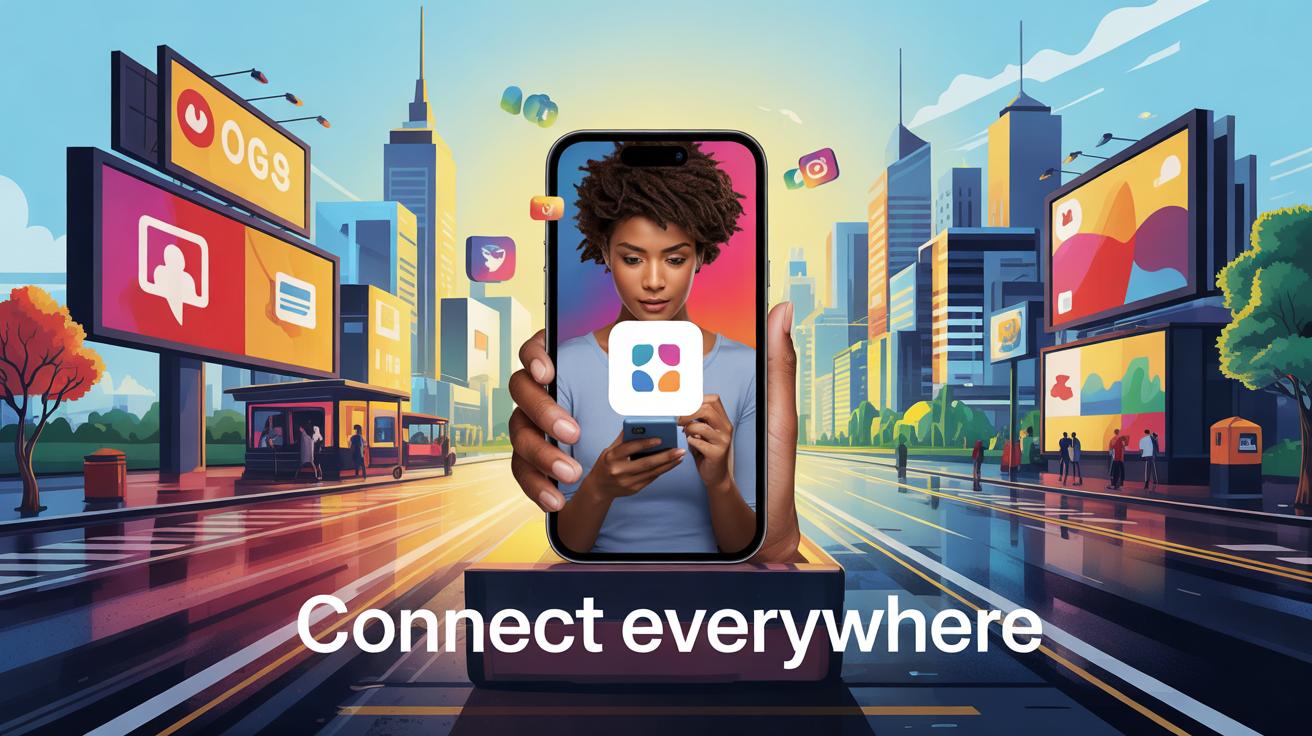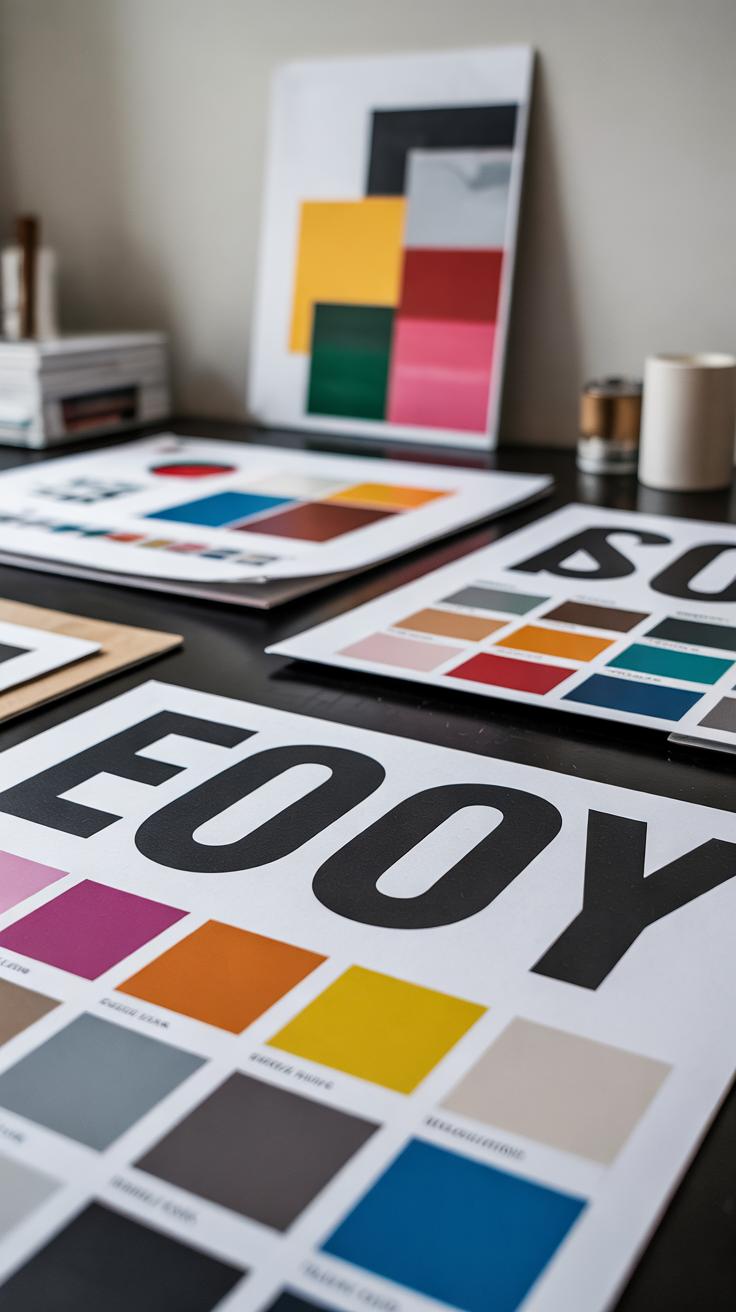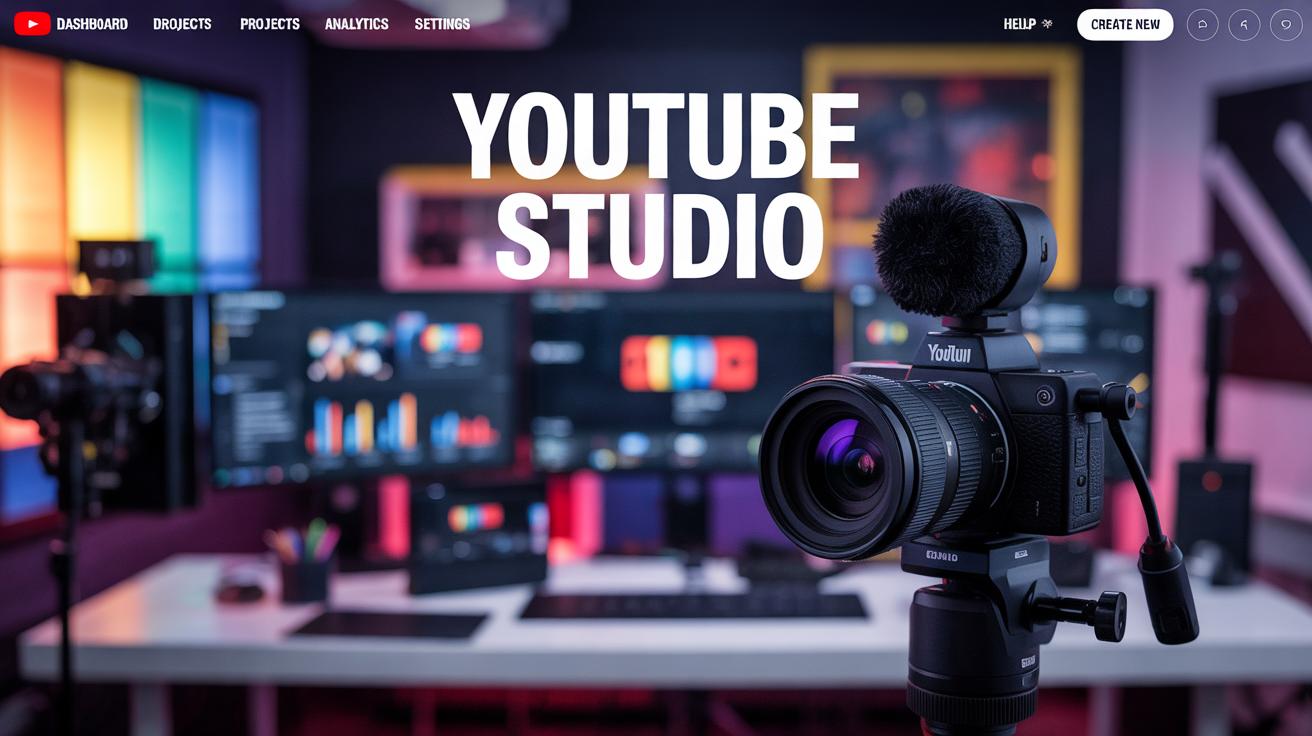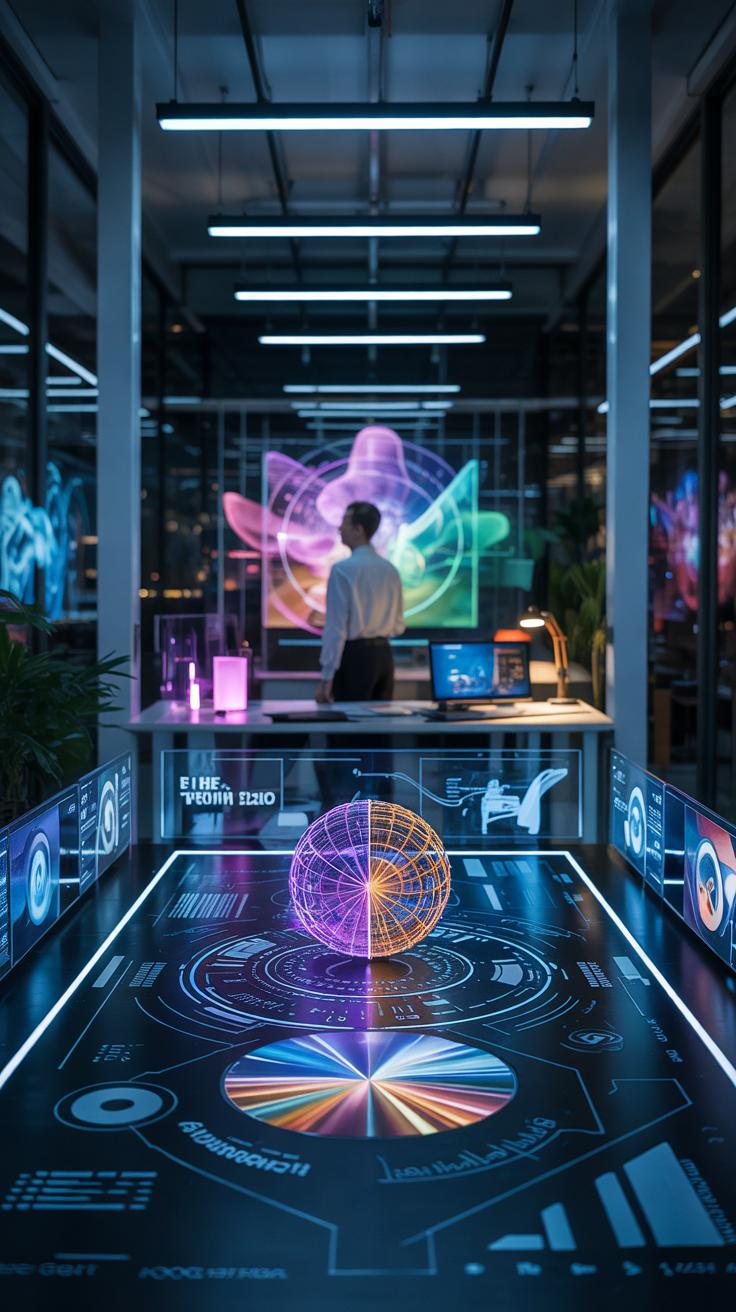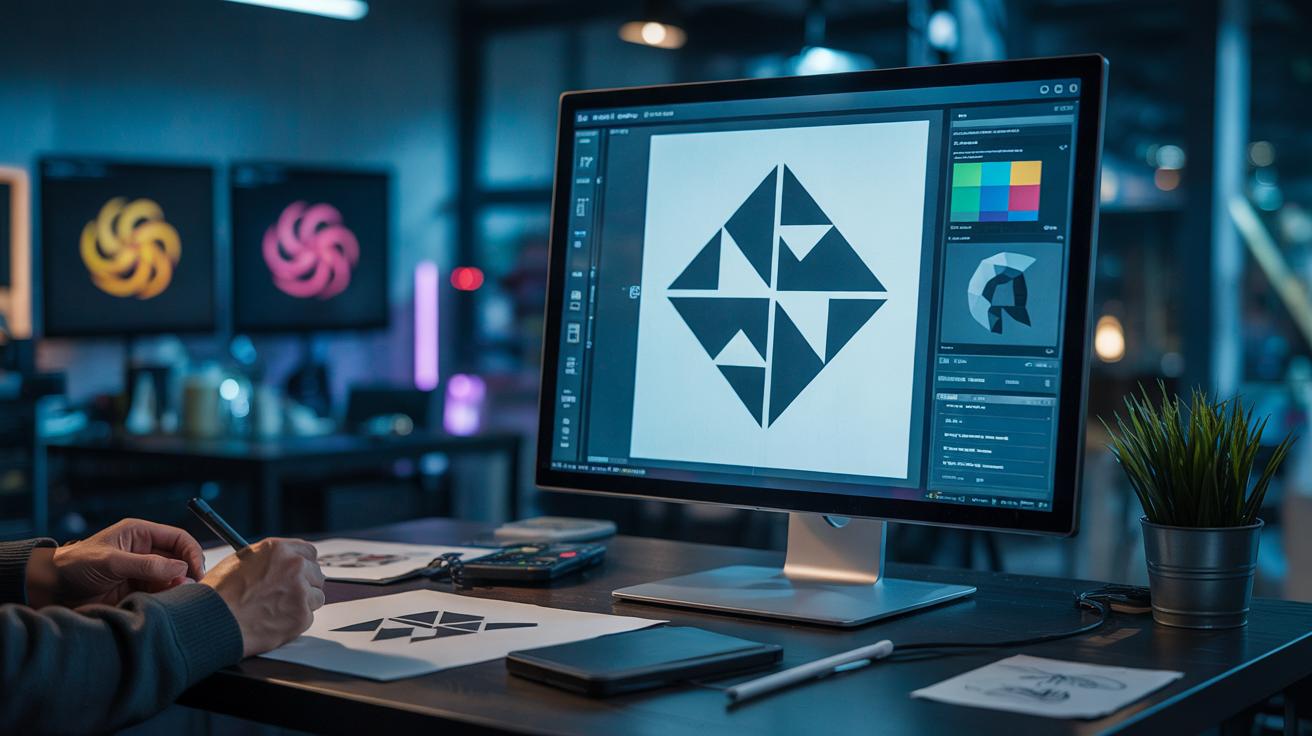
How Graphic Images and Design Fuel Brand Narratives
Introduction
In the contemporary business landscape, graphic design images play a pivotal role in crafting compelling brand narratives. These visual elements do not merely serve decorative purposes; they function as essential tools that communicate a brand’s values, mission, and personality. Effective graphic design transforms abstract ideas into visual communications that resonate with audiences, creating emotional connections while effectively conveying messages. From logos to social media graphics, each design choice contributes to a narrative that defines a brand’s identity in a crowded marketplace.
Exploring the intricate relationship between graphic design and branding reveals how visual storytelling is leveraged to enhance customer engagement and loyalty. As businesses strive to differentiate themselves, graphic images become vital in shaping perceptions and influencing buying decisions. This article delves into the various ways that graphic design images fuel brand narratives, shedding light on techniques and trends that propel brands forward in this visually driven world.
Understanding Graphic Design and Its Significance
Graphic design serves as a pivotal medium of communication, encapsulating ideas and messages through visual elements. It encompasses a range of practices that blend art and technology to convey specific information. Historically, graphic design has evolved significantly, from early forms of visual storytelling found in cave paintings to the revolutionary advances of the printing press and digital technology. Each era reflects the needs and cultural contexts of its time, adapting to new forms of media and audience demands.
The fundamental components of graphic design include typography, imagery, and layout, which each play integral roles in delivering messages effectively. Typography entails the art of arranging text in a visually appealing manner, influencing readability and emotional impact. A well-considered font can evoke certain feelings and set the tone, whether it be modern, traditional, playful, or serious. Each typeface carries its own personality, contributing to the overarching narrative of the brand.
Imagery is a super important part of graphic design that includes things like photos, illustrations, icons, and other visuals. These images can really stir up feelings, get people thinking, and grab attention right away, which makes them a strong tool for brands. Picking the right imagery not only backs up what the brand is trying to say but also helps build a visual link with the audience. When that connection happens, it can boost brand loyalty and help people remember the brand more easily.
Layout refers to how these elements are arranged on a page or screen. An effective layout guides the viewer’s eye through the design, establishing a hierarchy of information that facilitates comprehension. This spatial organization is crucial for readability and overall aesthetic appeal. Through the careful balance of text, imagery, and white space, designers can craft compositions that resonate with their target demographic and enhance the clarity of the message.
When elements of graphic design work in harmony, they create impactful visual communications that resonate with different audiences. These visuals not only tell a story but also foster a sense of identity and belonging. In the context of branding, this significance becomes amplified; graphic design images are not merely decorative but rather instrumental in forging connections and shaping perceptions within the marketplace.
The Function of Graphic Images in Branding
The Role of Graphic Images in Establishing Brand Identity
Graphic images serve as the visual cornerstone of a brand’s identity, playing a vital role in anchoring brand recognition in a crowded marketplace. These images encompass a range of elements, including logos, illustrations, mascots, and photographic styles that together tell a cohesive brand story. They forge emotional connections with the audience, allowing brands to communicate their values, mission, and personality effectively. The strategic use of graphic images can create memorable associations, making a brand instantly recognizable and fostering consumer loyalty.
Logos, one of the most potent forms of graphic images, encapsulate a brand’s essence in a single design. An effective logo conveys the company’s message, identity, and values, often through a clever use of shapes, colors, and typography that resonate with its target audience. For instance, the Nike swoosh not only symbolizes motion and speed but also embodies the brand’s overarching ethos of athletic empowerment. This is not merely a design choice; it is a calculated move to communicate deeper meanings that align with consumers’ aspirations.
Illustrative elements and mascots introduce a human or playful aspect to branding. Brands like M&M’s or Michelin have successfully utilized mascots to create a relatable image that appeals to various demographics. These characters can evoke warmth, humor, or nostalgia, all of which enhance consumer engagement with the brand narrative. Such graphics allow for storytelling that transcends the surface level, adding layers of emotional depth that resonate with consumers.
Photographic styles and imagery also make a substantial impact on brand identity. The aesthetic choices behind product photography, promotional images, and social media visuals contribute to the overall perception of the brand. Brands that utilize vibrant, dynamic images may communicate energy and excitement, while those that favor muted, minimalistic visuals may project sophistication and reliability. Each image must align with the brand’s core message and intended market positioning to create a consistent and effective identity.
Overall, graphic images are not mere decorative elements; they are essential tools in shaping brand narratives. Through thoughtful design and strategic use of visuals, brands can carve out unique identities that engage consumers, inspire loyalty, and drive recognition in their respective markets.
The Psychological Impact of Design Elements Colors Shapes and Typography in Branding
The Influence of Color on Consumer Behavior
Colors play a pivotal role in shaping consumer emotions and behaviors, making them a powerful tool in brand narratives. Psychological principles indicate that different colors evoke distinct feelings; for instance, blue often instills trust and calmness, while red can elicit excitement and urgency. Brands utilize these associations strategically to craft their identity and influence purchasing decisions. For example, fast food chains frequently incorporate red and yellow in their branding to stimulate appetite and encourage quick service. This understanding of color psychology allows brands to connect more profoundly with their target audience, enhancing brand loyalty through emotional resonance.
The Role of Shapes in Brand Perception
Shapes and forms also carry inherent meanings that can significantly impact consumer perception. Circular shapes typically suggest unity and wholesomeness, which is why many health and wellness brands adopt rounded logos. Conversely, sharp angles and geometric forms may portray innovation and efficiency, appealing to tech-savvy consumers. When a brand aligns its visual identity with shapes that reflect its core values, it creates a cohesive image that can enhance recognition and recall. The careful selection of shapes helps brands communicate their essence without words, establishing a visual shorthand for their message.
Typography is another critical element influencing how consumers perceive a brand. The choice of font conveys personality; for example, serif fonts often evoke tradition and reliability, while sans-serif fonts may suggest modernity and simplicity. By selecting a typeface that aligns with its overall branding strategy, a company can effectively communicate its character to the audience. Typography not only affects readability but also influences the emotional tone of the message. A playful, script font might convey friendliness and approachability, making it ideal for brands targeting a younger demographic, while more austere, minimalist fonts can project professionalism and seriousness.
Incorporating these design elements thoughtfully allows brands to craft a nuanced narrative that resonates deeply with consumers. The interplay of color, shape, and typography forms a comprehensive visual language that shapes brand identity, ultimately contributing to its success in a competitive marketplace. Understanding these psychological principles is essential for brands aiming to create a lasting impression on their audience.
Innovative Trends in Graphic Design Shaping Brand Identity
Transformative Approaches in Branding Through Graphic Design
Graphic design is currently witnessing transformative trends that play a vital role in shaping brand narratives and identities. The integration of minimalist aesthetics, bold typography, and dynamic illustrations marks a shift towards designs that communicate stories effectively. Brands leverage these trends to resonate with contemporary audiences, enhancing their connection through visual storytelling. By engaging consumers emotionally, these design choices form a bridge between the brand and its audience, underscoring the importance of graphic images in brand identity.
Minimalism is one of the leading innovative trends in graphic design today. It emphasizes simplicity and functionality, stripping away unnecessary elements to create a clean, focused visual identity. This approach allows brands to convey their core messages at a glance, capturing attention in an increasingly information-saturated environment. The use of ample white space not only brings clarity but also adds an air of sophistication, making the brand more appealing. Brands like Apple have successfully adopted this minimalist strategy, reinforcing their identity as modern and sophisticated while enhancing user experience.
Bold typography is another significant trend that is reshaping how brands communicate visually. Large, eye-catching fonts are being used to convey strength and personality, making a statement that cannot be ignored. This trend is particularly appealing to younger demographics who value authenticity and uniqueness. When combined with colors that evoke emotion, bold typography creates a striking visual hierarchy that guides viewers through the brand’s narrative seamlessly. Brands like Nike utilize this approach to inspire action and commitment, ensuring their messaging leaves a lasting impression.
The rise of dynamic illustrations and animations also exemplifies how brands are adapting to innovative trends. These elements add a layer of personality and playfulness to brand imagery, breaking the mold of traditional static designs. Interactive designs engage users in a more profound way, encouraging participation and enhancing brand loyalty. Companies like Dropbox utilize animated graphics within their user interfaces to simplify complex information, guiding users through their services effectively.
In an age where attention spans are fleeting, brands are not just adapting; they are revolutionizing their identities through these innovative graphic design trends. By embracing minimalism, bold typography, and dynamic illustrations, they craft compelling narratives that resonate deeply with their audience, ultimately fostering loyalty and brand recognition. Understanding these trends is key for brands aiming to remain relevant and appealing in ever-changing market landscapes.
The Role of Technology in Graphic Design
Revolutionizing Graphic Design Practices
Advancements in technology have profoundly transformed graphic design, offering brands novel avenues to create and share compelling visual content. The evolution from traditional techniques to sophisticated digital solutions has enabled designers to explore boundless creative possibilities, shaping brand narratives like never before. With the advent of high-performance computers and specialized software, designers can now achieve complex visual effects and layouts with relative ease, thereby enhancing their productivity and creativity.
Today, a variety of tools are standard in the graphic design industry, embedding efficiency into the design process. Software applications such as Adobe Creative Suite, which includes Photoshop, Illustrator, and InDesign, are pivotal. These programs provide designers with a robust toolkit for editing images, creating vector graphics, and laying out print and digital materials. Moreover, the emergence of cloud-based platforms like Canva and Crello has democratized design by making it accessible to a broader audience. These user-friendly applications empower non-designers to create visually appealing content without extensive training.
Impact on Brand Identity
The rapid advancement of technology in graphic design has allowed brands to curate their visual identities more effectively. With tools that support 3D modeling, motion graphics, and augmented reality (AR), brands can engage consumers in immersive experiences that resonate with their narratives. This level of interaction fosters a deeper emotional connection, transforming passive consumers into active participants. For example, brands utilizing AR can allow customers to visualize products in their own environments before purchase, bridging the gap between digital and physical realities.
Digital asset management systems help keep design assets organized and easily shared. This way brands can keep a consistent look across different platforms which is super important for being recognizable and trustworthy. Plus, better analytics tools give you useful info on how audiences respond to visual content, helping to make smarter design choices moving forward.
Technology has made graphic design way easier and has helped brands tell their stories and show who they are in fresh new ways. Keeping up with all the latest tools and tricks is super important because they really help connect with customers and build solid brand identities in a crowded market.
Measuring the Effectiveness of Graphic Design in Branding
Evaluating Brand Performance through Visual Media
The effectiveness of graphic design in shaping brand identity can be gauged through various metrics that reflect brand performance. These metrics serve as a crucial framework for companies seeking to understand how visual elements influence brand recognition and consumer engagement. Key performance indicators (KPIs) can provide valuable insights, allowing brands to assess their ongoing graphic design strategies and modify them as necessary.
One primary metric used to evaluate the influence of graphic design is **brand recognition**. This metric can be measured through surveys and focus groups, where consumers are asked to identify brands based solely on their visual elements, such as logos, colors, and typography. The frequency with which consumers can accurately recall a brand’s visual identity is a key indicator of the effectiveness of graphic design in fostering brand awareness.
Another critical aspect to consider is **engagement metrics**, which measure consumer interactions with visual content. These can include likes, shares, comments, and click-through rates on social media platforms or websites. By analyzing these numbers, brands can determine how well their graphic design resonates with their target audience. This metric not only reflects how engaging a visual is but also indicates how well it conveys the brand’s narrative.
Conversion rates also serve as a significant metric when evaluating graphic design effectiveness. These rates show how effectively graphic images lead consumers toward taking a specific action, such as making a purchase or signing up for a newsletter. A well-designed graphic can significantly enhance a brand’s conversion rate by creating a more compelling visual narrative that encourages consumer action.
A/B testing can be a valuable tool for assessing graphic design impact on branding. By creating two versions of a graphic and measuring which performs better among the target audience, brands can gain insights into what elements are most effective in communicating their message. This data-driven approach allows brands to fine-tune their design strategies based on actual consumer behavior rather than assumptions.
Using these metrics helps businesses get a clear picture of how their graphic design really impacts their brand. By looking closely at things like brand recognition engagement conversion rates and A/B testing brands can make sure their visuals connect with people. This way they can boost their identity and stand out in a crowded market.
Future Directions in Graphic Design and Branding
Emerging Trends in Graphic Design
Graphic design is changing a lot right now thanks to new tech and what people want. As businesses keep up with these shifts, how graphic design connects with brand stories is super important for how they talk to their customers. One big trend we’re seeing is the focus on sustainability in design. More brands are making eco-friendly choices not just with their products but also in how they present themselves visually. This move toward being more sustainable really strikes a chord with customers who care about being genuine and making eco-conscious choices, which is pushing companies to include green graphics in their branding.
Another emerging trend is the use of augmented reality (AR) and virtual reality (VR) in branding experiences. These technologies enable brands to create immersive visual narratives that captivate consumers and foster deeper engagement. For instance, AR can allow consumers to interact with products in a virtual space or visualize how products may fit into their lives, enhancing brand recall. Coupled with captivating graphic design, AR and VR can elevate a brand’s identity and narrative, creating memorable experiences that extend beyond traditional marketing methods.
Preparing for Future Changes
As the tools and techniques in graphic design evolve, businesses must stay ahead of the curve by actively engaging with new trends and technologies. To prepare for changes in consumer preferences, brands should cultivate agility in their design processes. This involves fostering collaborations between designers and marketing teams to ensure that visual content aligns with current consumer sentiments and expectations. Investing in professional development for graphic designers to explore emerging technologies can boost creativity and innovation, allowing brands to effectively harness new mediums for storytelling.
You know it’s important for companies to really focus on analytics to see how their design changes click with their audience. By using data analytics, businesses can learn about what customers like and how they engage, which helps them tweak their graphic design strategies. This approach based on data lets brands keep up with changes and craft visuals that not just grab attention but also create meaningful connections with their consumers.
In this fast-evolving environment, embracing change and staying receptive to new trends in graphic design will be essential for brands aiming to cultivate a strong identity and effectively engage consumers in the future.
Conclusions
The impact of graphic design images in telling a brand’s story is huge. These visuals are like the foundation of how brands communicate, making a quick impression that just words sometimes can’t match. By focusing on what looks good and how it affects people, brands can build unique identities that really connect with their audience. The relationship between graphic design and branding keeps changing, but the need for smart and creative design is still as important as ever.
As companies continue to navigate the competitive business landscape, investing in high-quality graphic design images will prove to be an invaluable asset. Brands that harness the full potential of visual storytelling are more likely to create lasting impressions, foster loyalty, and achieve remarkable success. Understanding and implementing effective design strategies will ultimately empower brands to communicate their narratives more powerfully and persuasively.


